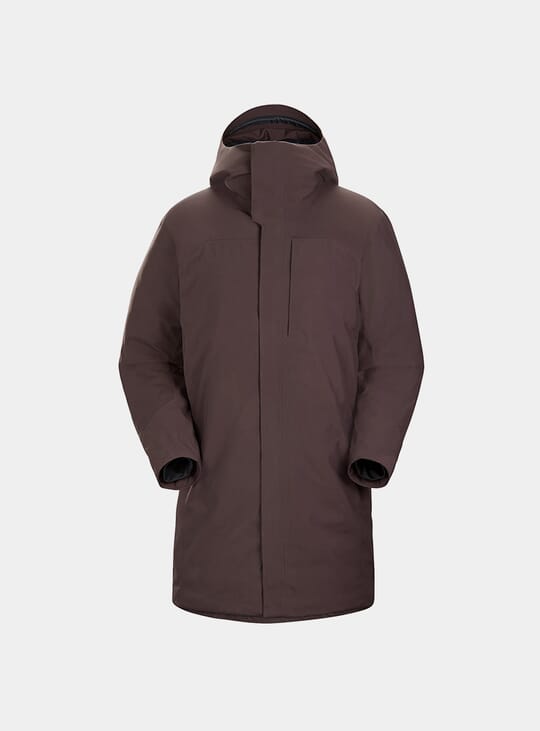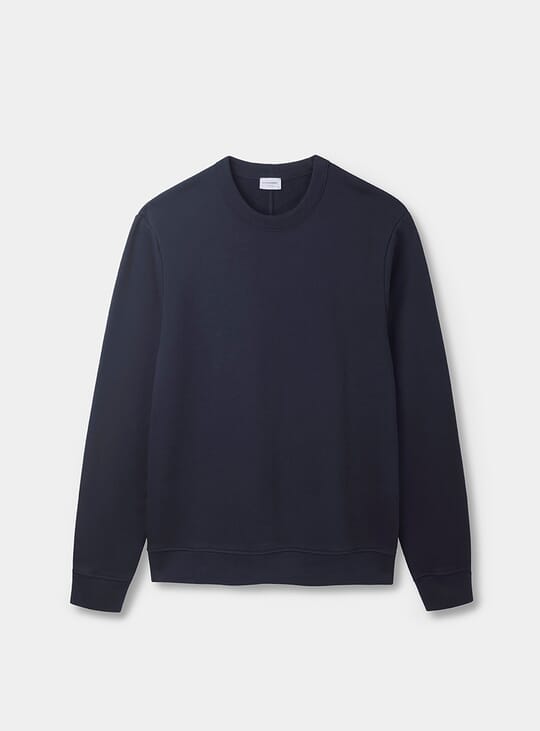While we firmly believe that we have the greatest all-round selection of design on the internet, some of our brands stand out as highlights – la crème de la crème. One such brand is Rock Paper Film. Founded in 2017 by Caitlin Graham, the brand deals in vintage film and concert posters. After years of working in auction houses and learning the ropes, Caitlin saw her opportunity to start a business of her own, following her passion for the bold fonts and memorable designs of film and band posters of the 20th century.
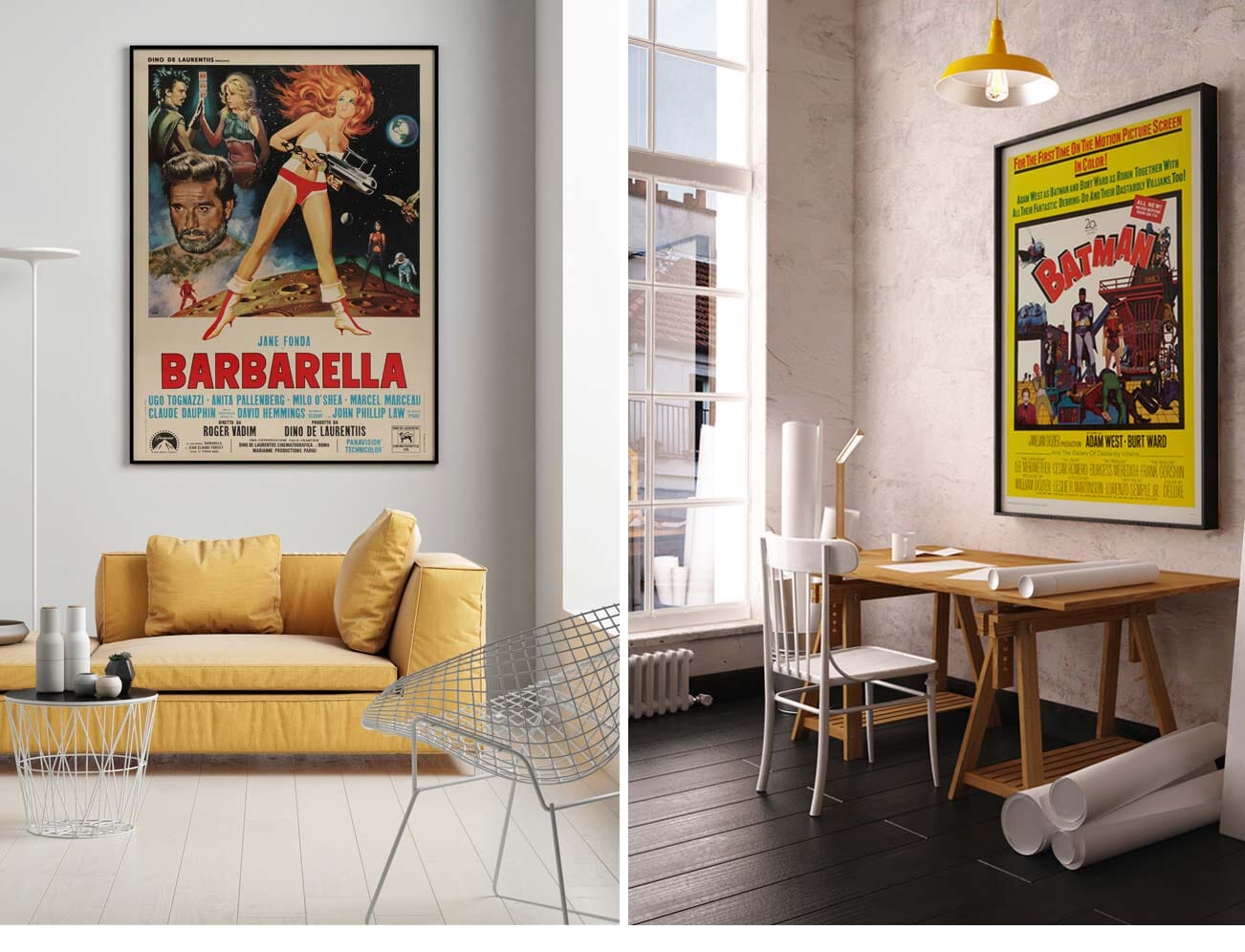
When a brand comes into the picture with such an original standpoint, backed by an authentic love for the trade, we want to find out more. We caught some time in-between international auctions to ask Caitlin some questions about Rock Paper Film and her career in general. Keep reading to find out more about her dealings with Spiderman, sacrificing social life and some seriously pricey posters.
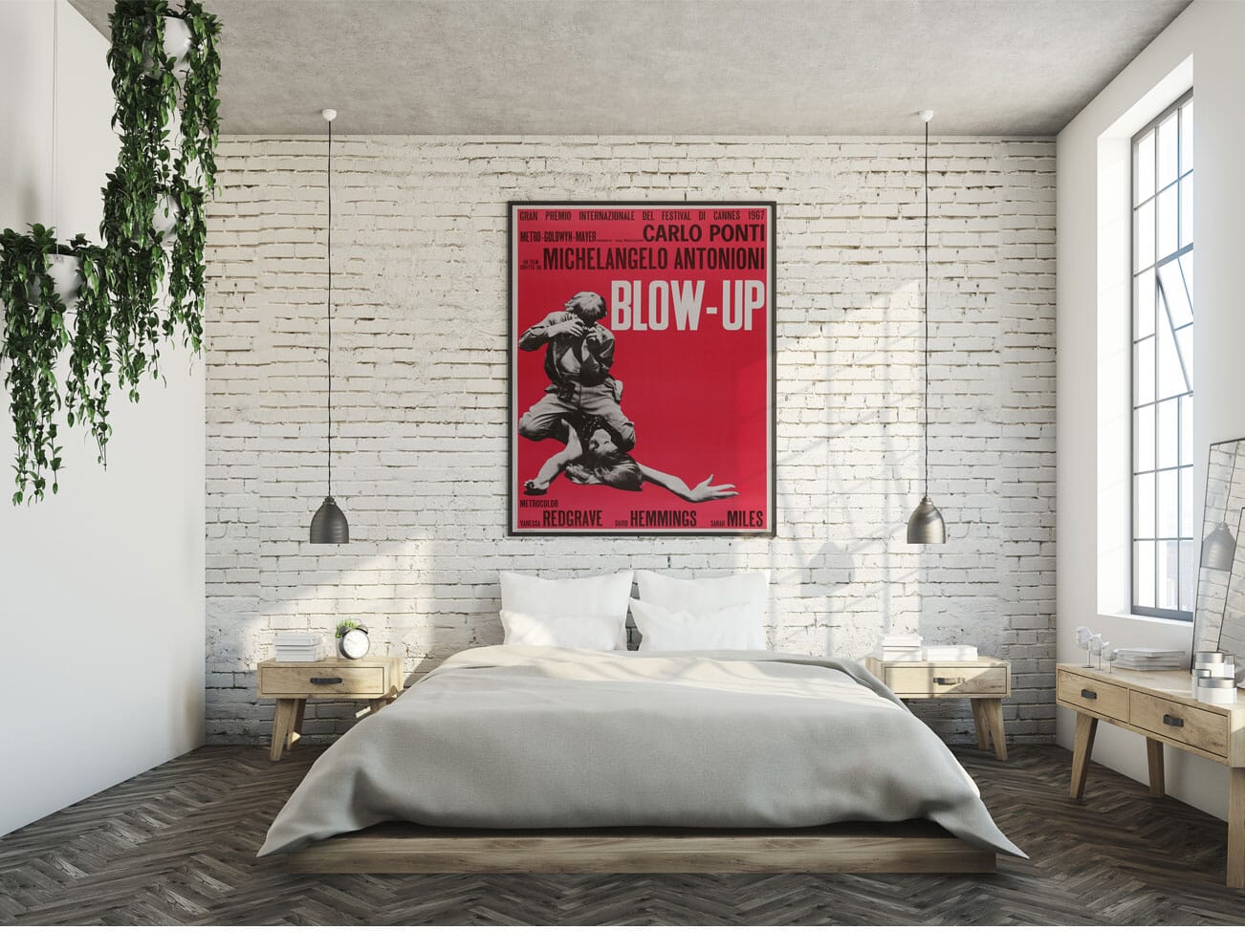
Let’s start from the beginning: what were your dreams as a kid and who was your hero?
I think I was a bit of a dreamer as a kid – I was always lost in a classic novel or a Hollywood movie, fascinated by the glamour and romance of bygone eras or the escapism of Walt Disney. My hero was probably Scarlett O'Hara from Gone With The Wind – quite the proto-feminist icon! I also don't remember a time that I wasn't obsessed with Art and Design. Growing up just outside Glasgow, my first love was designer Charles Rennie Mackintosh, the father of the Glasgow Style. I remember being blown away by the Hill House in Helensburgh – how he had designed everything from the house and gardens down to the cutlery. Now that I think about it, Mackintosh designed some beautiful exhibition posters which today sell for thousands, perhaps that was my first glimpse into the wonderful world of posters. I always imagined that I would be an artist until my final year of school when I convinced myself that artists don't make any money and opted to study History of Art instead.
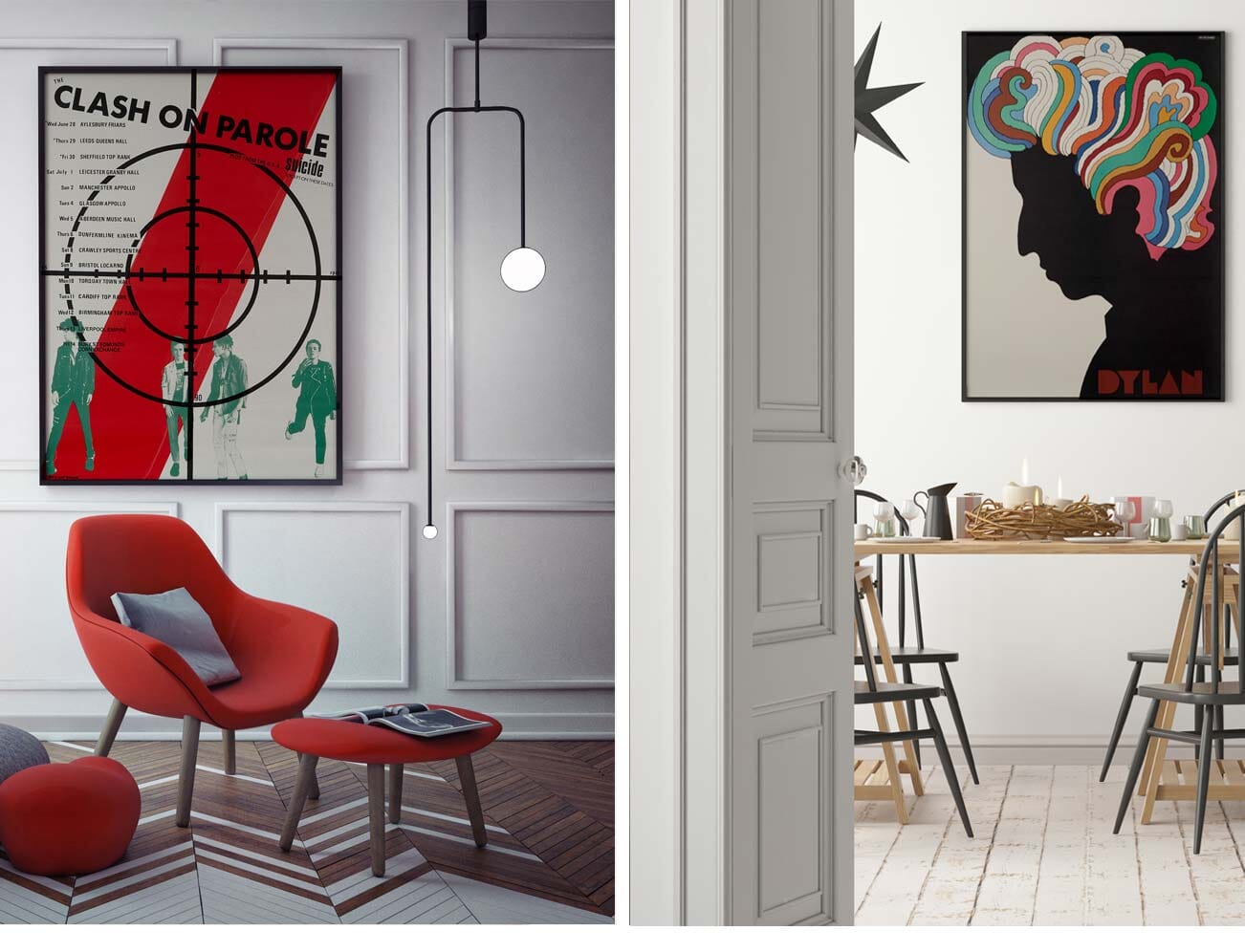
What was your first job?
Very appropriately, my first job was in an independent video rental store. Even then, in the days before Netflix, we had very few customers, so I just spent all day watching movies! I remember Andrew Garfield (aka Spiderman), who had been in the year above me at school, used to pop in to rent very serious films while he was studying drama.
You have over a decade of experience – and have subsequently become a leading expert in vintage posters and memorabilia – how did you fall in love with this fascinating world?
My first real job after university was as an art handler at Bonhams Auctioneers in London, it was a great way to learn a little bit about every area of art and collecting. The highlight of the auction calendar for me was the Entertainment Memorabilia sales, I couldn't believe that I was actually able to touch these sacred objects that I had seen on screen! I think that's where my passion for this field really began to bloom. After a period interning at a vintage fashion auctioneer, where I worked on a collection of Audrey Hepburn dresses, I was lucky enough to get a job in the Pop Culture department at Christie's and the rest is history. Christie's really launched the market for vintage film posters when they held their first dedicated auction back in 1990, so I couldn't have been in a better place. While leading the Pop Culture and Vintage Film Poster auctions, I must have handled literally thousands of rock and film posters. On any single day, four or five collectors might turn up with stacks of them. I very quickly came to know and love the look, feel and smell of authentic old paper. For me, posters not only represent a tangible and nostalgic link to the past, powerfully encapsulating everything you love about a particular film or band in one image, but when combined with great design, can be works of art in their own right.
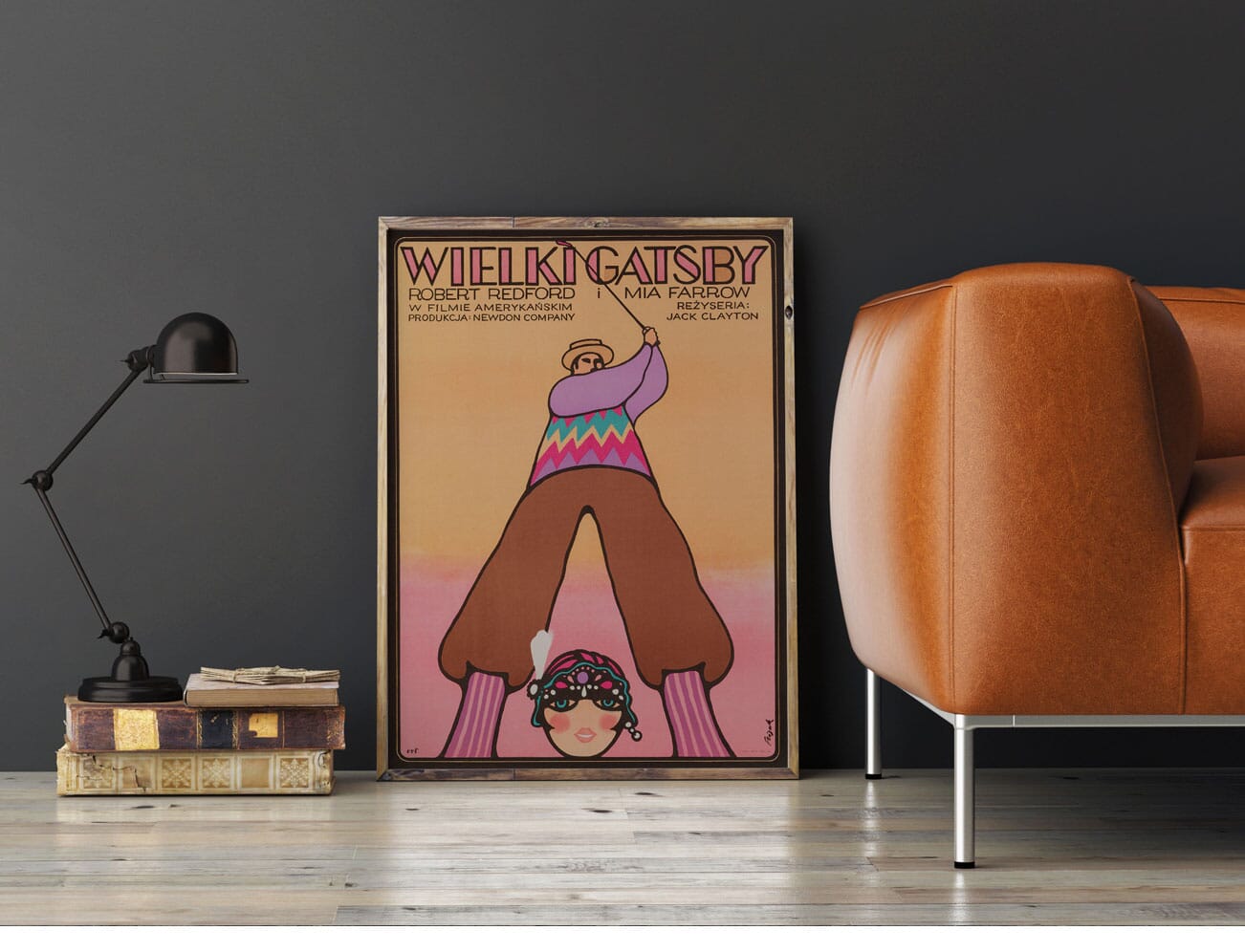
What are the advantages of dealing in film and music posters rather than other types of collectible art?
Vintage posters were never made to be collected: they were printed on thin, low quality paper as advertising tools, made to be thrown away or pasted over at the end of a concert or when a film finished its run, so they can be astonishingly rare. In some cases, only a handful have survived for a particular film or gig. Despite their rarity, they remain surprisingly affordable so are a great entry point for a new collector. One of my favourite things about posters is that you don’t need to have any expert knowledge to appreciate them, literally everyone has a favourite film or band. They also come in great room-friendly sizes – if you are decorating your home and don’t know where to start with a vast empty wall, you can pick up a colourful retro design for only a few hundred pounds and job done! The likelihood is that they will also increase in value over time. Vintage poster prices have seen a steady growth over the last 30 years and our increasing sense of nostalgia for the pop culture of the past suggests the market will only continue to grow.
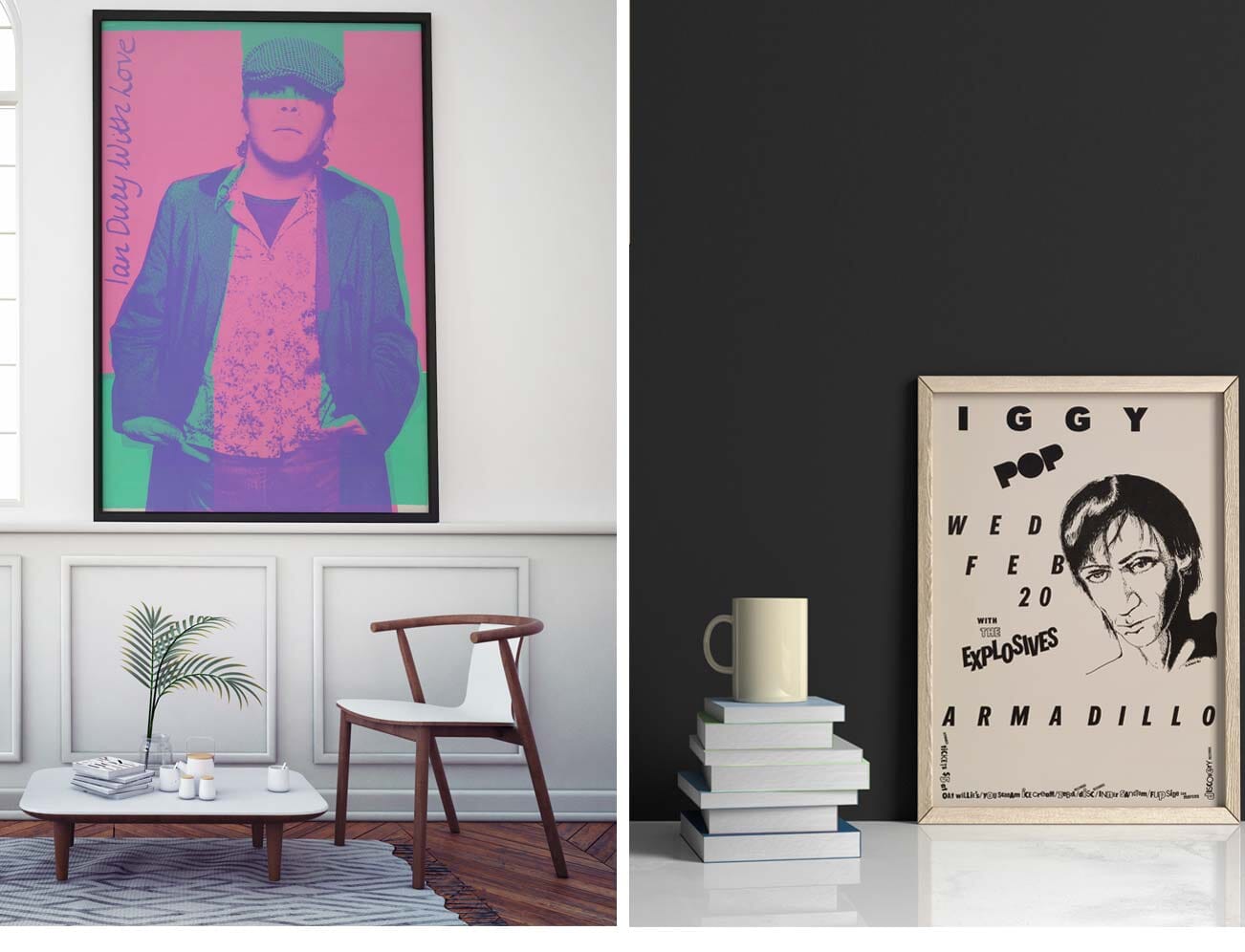
Who are the names to look out for in poster design?
Saul Bass is the name that always comes to mind as one of the best and most influential graphic designers in history. His distinctive orange poster for Hitchcock’s Vertigo is prized by collectors for its striking minimalist graphics and hand-cut lettering which mirror the psychological experience of the film. Even today, the dynamic lettering in the lyric video to Taylor Swift’s Look What You Made Me Do owes a lot to the influence of Bass. Robert McGinnis and Frank McCarthy’s iconic illustrations helped to shape the image of James Bond with his gun, girls and gadgets. McGinnis also created the classic image of Audrey Hepburn for Breakfast At Tiffany’s. Some of the best movie poster art came out of Europe. Each country would commission their own publicity material for Hollywood films in their own distinctive style. Italian artists such as Luigi Martinati and Anselmo Ballester produced incredible painterly designs that are often far more attractive than the US versions. Personally, I have a thing for Soviet era posters from the Eastern Bloc, the state-commissioned artists were actually freer to create their own bizarre interpretations and produced some utterly amazing, albeit somewhat surreal, artwork. In terms of rock posters, artists often became synonymous with a particular band or genre, such as John Pasche for the Rolling Stones, Jamie Reid for the Sex Pistols, or Stanley Mouse for the Grateful Dead.
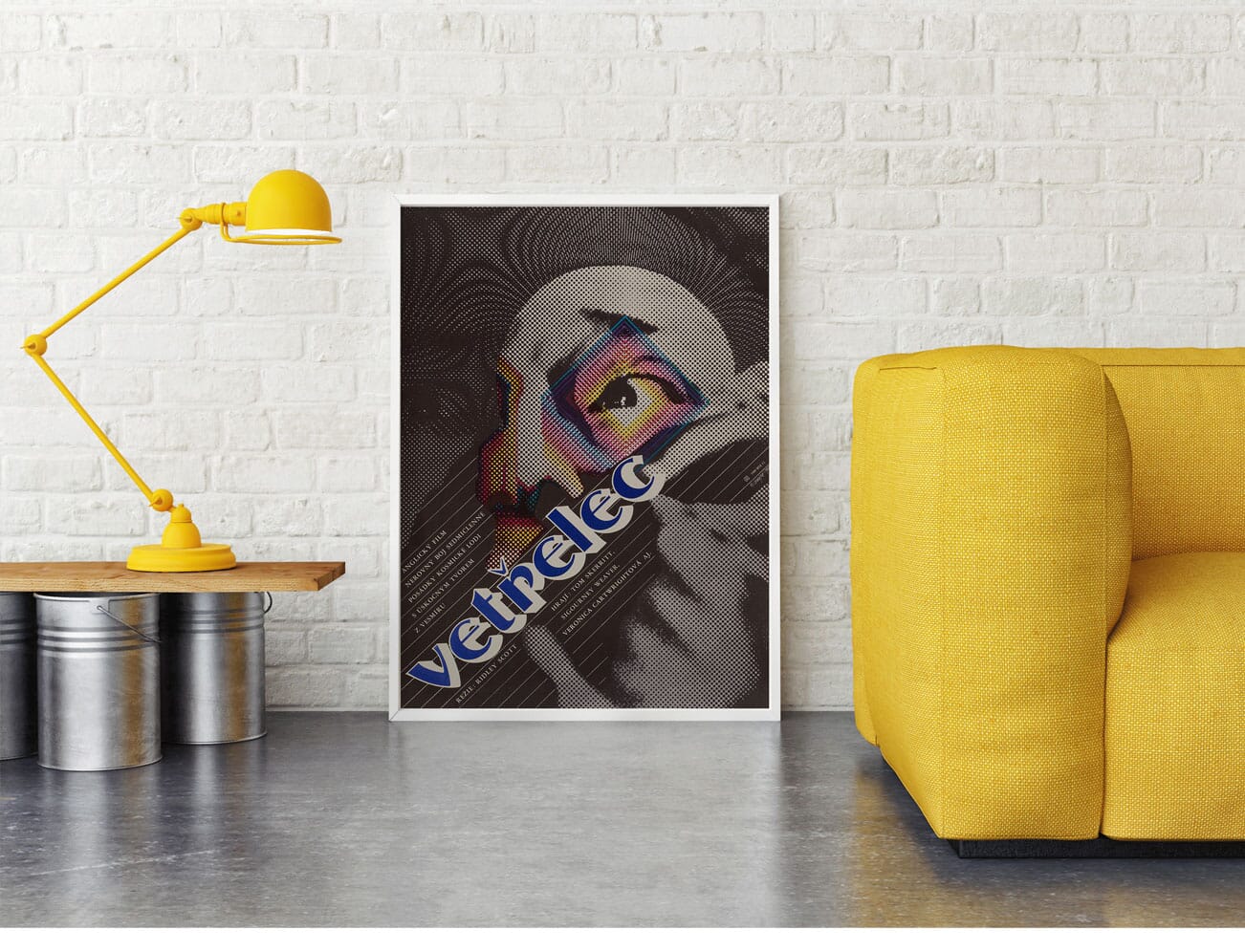
What’s the best way to display vintage posters?
What sets Rock Paper Film apart is that all our posters are ready to display. Usually you will find vintage film posters in folded condition, as they were generally machine-folded by the distributors for ease of mailing to cinemas, but the folds can be distracting when framed. Unless a poster is in perfect unfolded condition, we will have it conservation backed on linen by our poster restoration experts in the US. Without getting too technical, linen backing is an archival conservation method that not only helps to preserve a poster, preventing further deterioration, but also dramatically improves its appearance for display and makes it much safer and easier to handle, store and frame. The process will smooth out any folds or small tears so that they are virtually invisible. In terms of framing, I always advise finding a reputable framer with experience in conservation framing methods. Your vintage poster should be framed with acid-free mount and backing board to prevent deterioration and discolouration, and UV filtering glass or plexiglass to protect your investment from fading due to exposure to light.
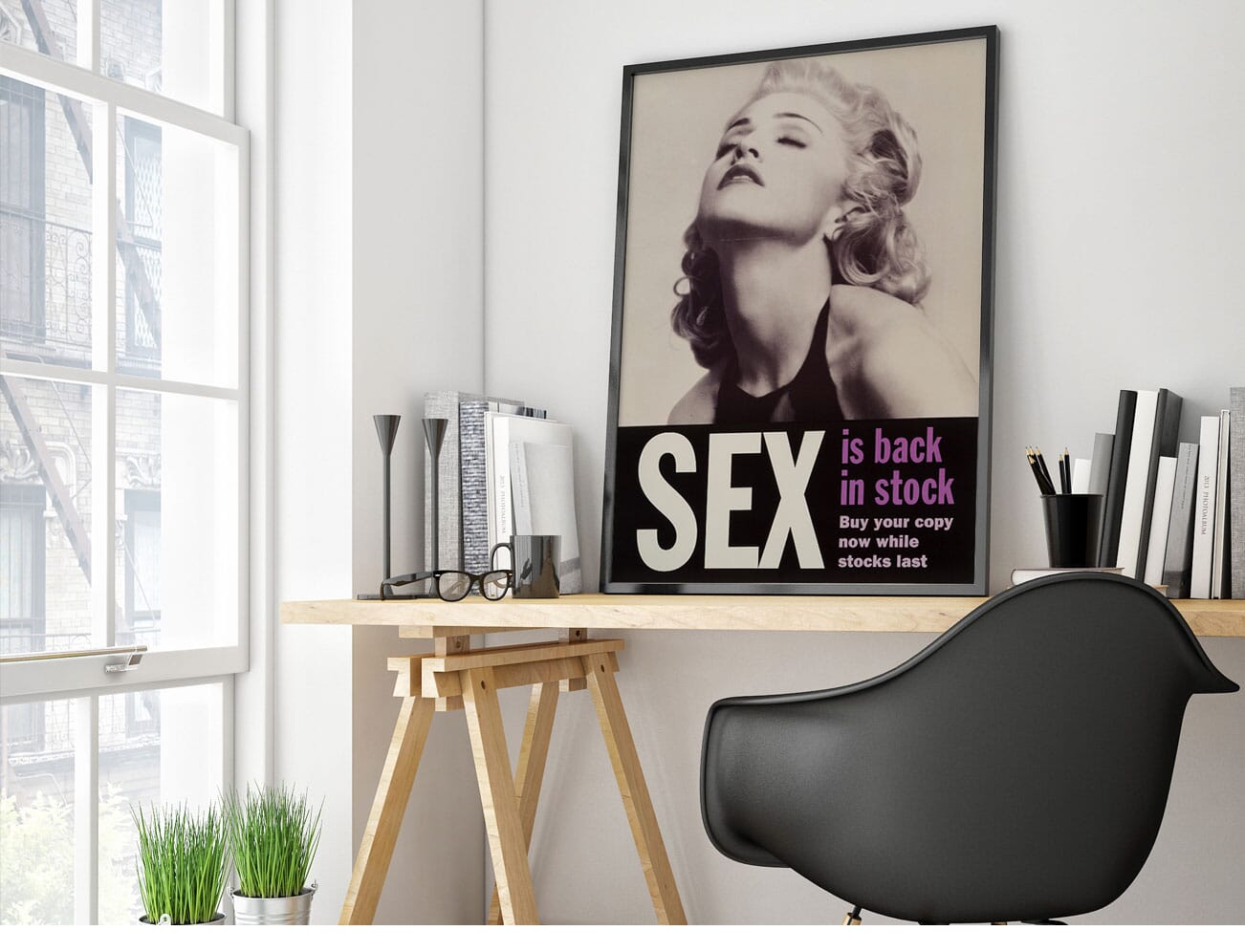
At what moment did you think you could transfer all of your experiences into your own brand?
Having worked on some of the first online-only auctions at Christie’s, I made the jump in 2015 to online art marketplace Paddle8, establishing the memorabilia and vintage film poster auctions on their platform. It was inspiring to work with such a talented and passionate bunch of millennials on an e-commerce start-up that was so quickly disrupting the traditional art market, making art and design more accessible to the 21st century collector. I was launching an auction every month, selling to a completely new breed of tech-savvy, affluent young buyers who felt alienated by the stuffy and elitist reputation of the brick-and-mortar art market, and realised that with my knowledge and contacts, coupled with the growth of e-commerce and social media, I could do this myself. So I took the plunge in 2017 and founded Rock Paper Film.

How big a learning curve was that? What was the biggest challenge that came with setting up on your own?
It was a massive learning curve and still is. Although my auction experience had given me invaluable insight into marketing, design, press, SEO and photography, it’s a whole different ballgame trying to do everything yourself. I’ve learnt to outsource to the experts as much as I can, but there is still so much for me to learn about e-commerce and digital marketing and it’s constantly evolving, it’s tough to keep up! I think the biggest challenge has been that I don’t have a millionaire backer, so I started the brand as a side hustle while continuing to consult for auction houses and working part-time to fund the business, so I’ve had to sacrifice my sleep and social life for the past few years but I’m now focusing full time on RPF and it feels great.
Rock Paper Film’s poster selection is incredible – nostalgic and awe-inspiring – do you still get a buzz when you unearth a new poster for the first time?
Absolutely! Rock Paper Film is very much a curated collection – if a poster doesn’t excite me, I won’t buy it. As much as I love posters, I’ll be the first to admit there are some really boring ones out there. My focus is really on investment-quality posters that bring together an iconic name, whether that be a film, star, musician or band, with an exceptional design. I still get a buzz every time I receive a poster delivery, but what I really love is finding super rare posters where only a handful might exist, or where I can’t even find another example – I will happily spend hours researching for information, I never give up!
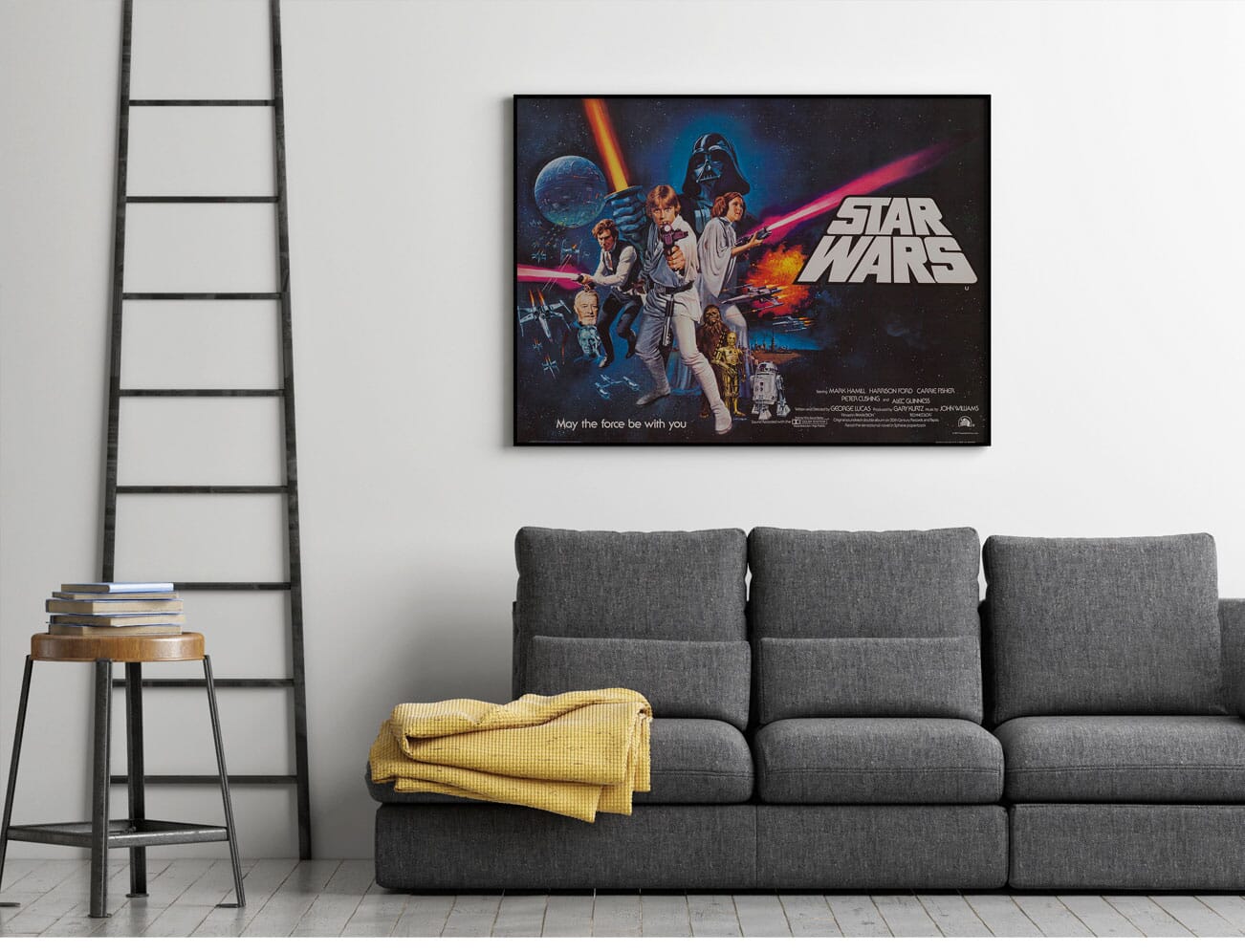
How do you source the posters? Do you target specific places and find things on the off-chance or are you hunting for certain posters from certain films and music tours?
For dealers, the downside of the internet is that nowadays anyone can research a poster and see how much it might be worth so it's becoming rarer to find a hidden gem in a market or second-hand shop anymore. I source mainly from specialist and regional auctions. Auction sites such as eBay can turn up some great finds, although I certainly wouldn't recommend it for anyone without knowledge and experience in the field, as there are many fakes, reprints, reissues, reproductions, and bootlegs out there. My auction house experience has taught me what sells: musicians, movies and franchises with a multi-generational appeal are always going to be sought after, so I am always looking for The Beatles, The Rolling Stones and James Bond. I have to keep an eye on the trends, for example it’s the 50th anniversary of Woodstock this summer so we have seen a spike in interest for original Woodstock festival posters.
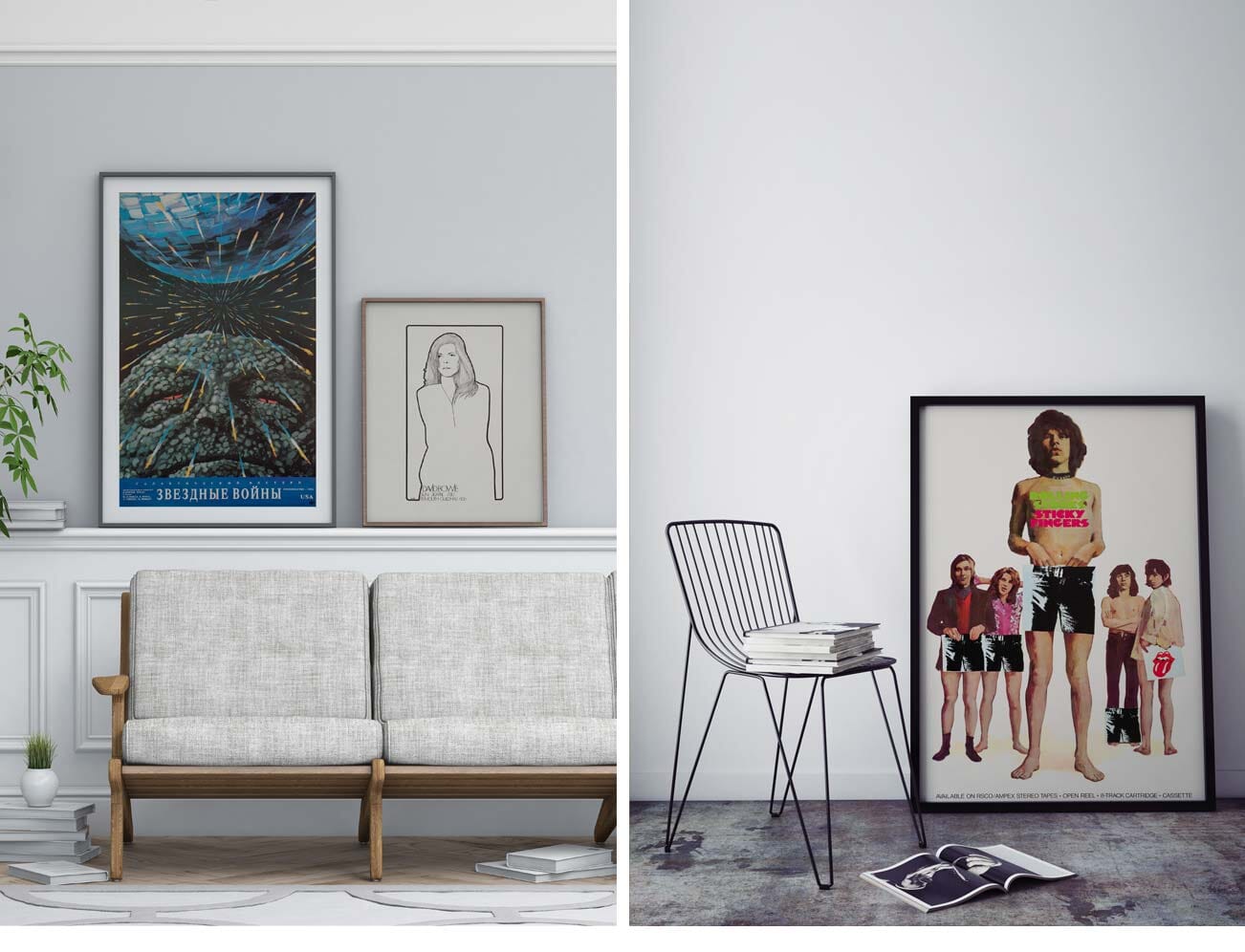
What has been the craziest find in your career?
I’ve dealt with some incredible James Bond discoveries over the years. During my time at Christie’s, someone brought in a Breitling watch they had bought for £25 at a car boot sale with the vague information that it had been used in 1965’s Thunderball. I worked with EON’s archivist Meg Simmonds and celebrated art director Peter Lamont, who had worked as a set decorator on the film, who confirmed that it was in fact the only watch specially made for Sean Connery in Thunderball, and the first ever specially modified watch issued by 'Q' branch to James Bond. We sold it for over £100,000 – quite a good return on the vendor’s initial investment! I also unearthed and authenticated two original Frank McCarthy poster artworks for Thunderball, auctioning them for six figures at Paddle8 in 2015. Original poster artworks are by their nature unique, so are the holy grail of poster collecting.
Is there one specific film or tour poster that continues to evade you?
There are numerous posters that are so rare and so valuable that they almost never come on the market. The world’s most valuable poster is the German three-sheet by Heinz Schulz-Neudamm for Fritz Lang’s 1927 Metropolis. Only four are known to exist, two are in museums and another is reportedly owned by Leonardo DiCaprio. If a copy came to auction today it would sell for over a million pounds. If anyone has one lurking in their basement, give me a call!
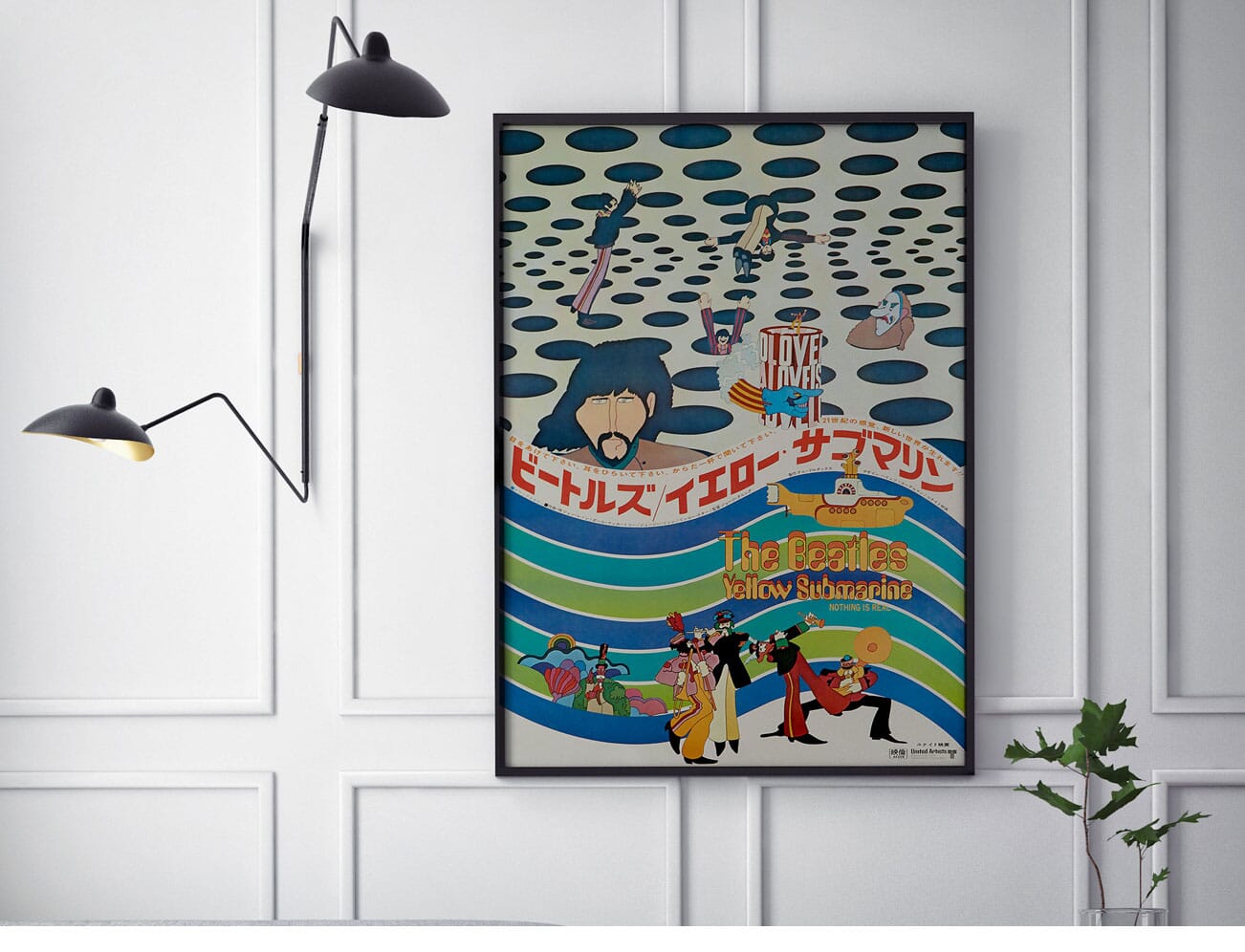
What is the most important thing you’ve learned on the journey of Rock Paper Film?
I'm a serial perfectionist, so it's a miracle I've got this far and actually launched a business and brand that I am proud of. I think the most helpful advice I’ve come across is that in order to start a business, or to work towards any goals, you have to take massive imperfect action. This really freed me up to just put something out there even though it wasn’t 100% perfect and develop along the way.

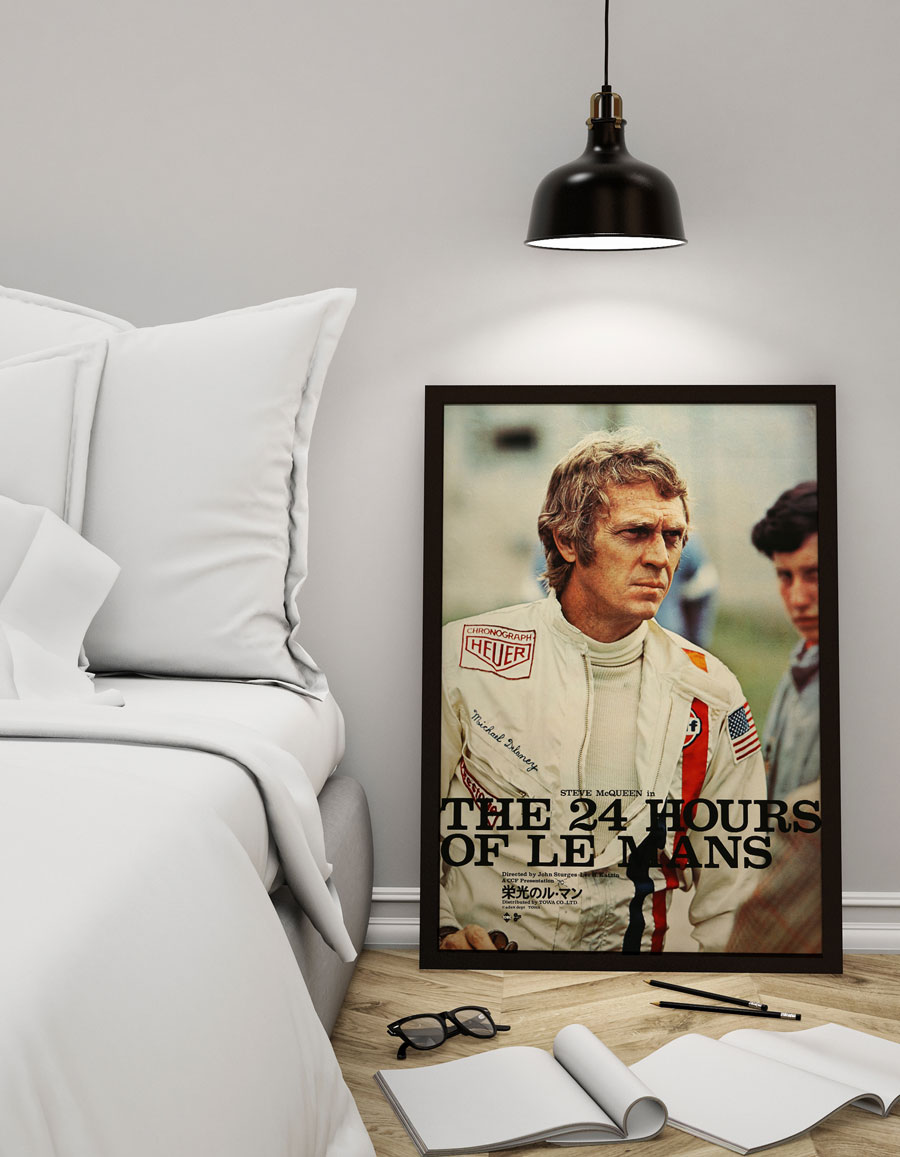
What keeps driving you?
In case you can’t tell, I am madly passionate about posters. The appeal of vintage film and music posters is universal and there are few art forms that have the power to elicit such an emotional reaction. My mission is to spread the poster love and usurp the ubiquitous art print, as nothing is better than enhancing your home with artwork that reflects your personality and passions and makes you happy every time you see it. Although be warned, once you catch the bug you won’t be able to stop!
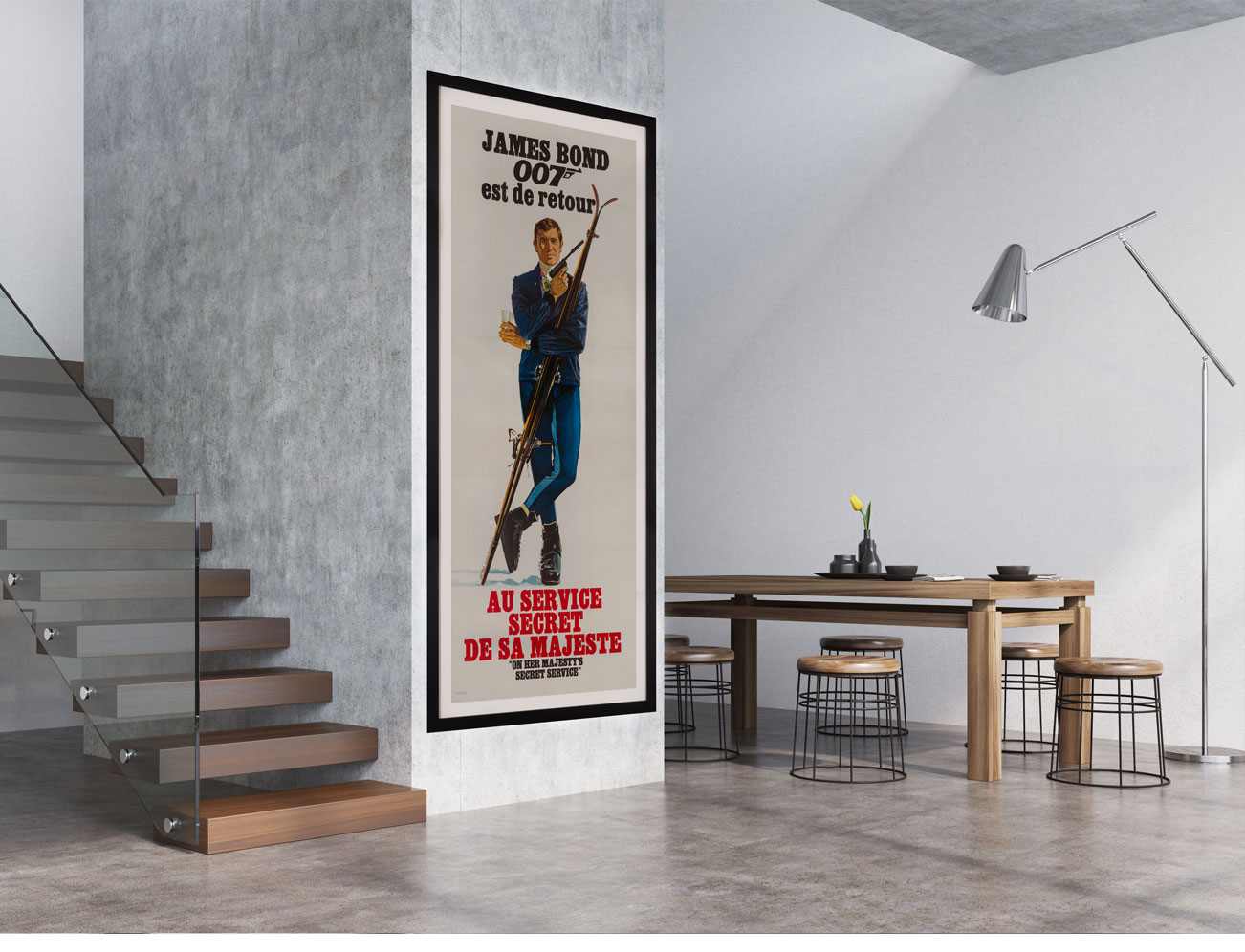
Shop all Rock Paper Film at OPUMO.
Found the perfect poster? Read our guide on how to hang wall art at home.






